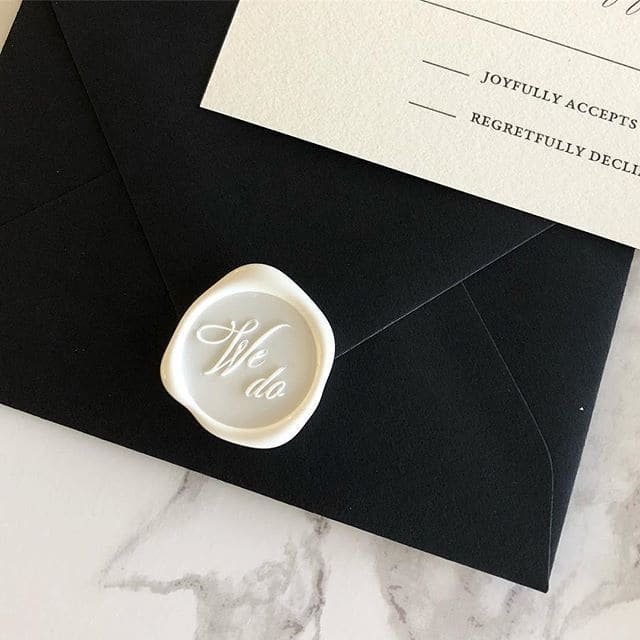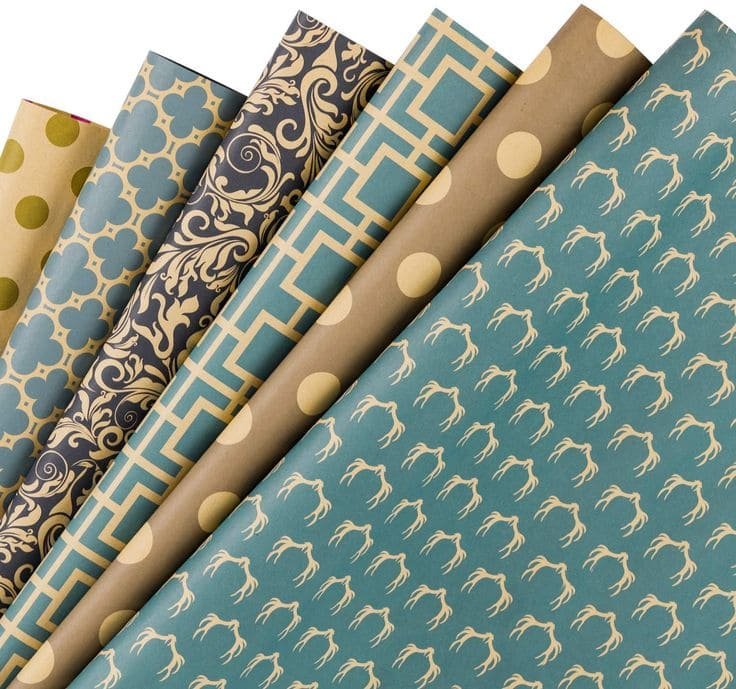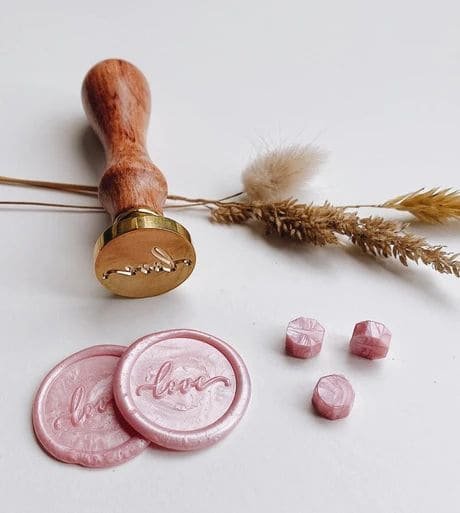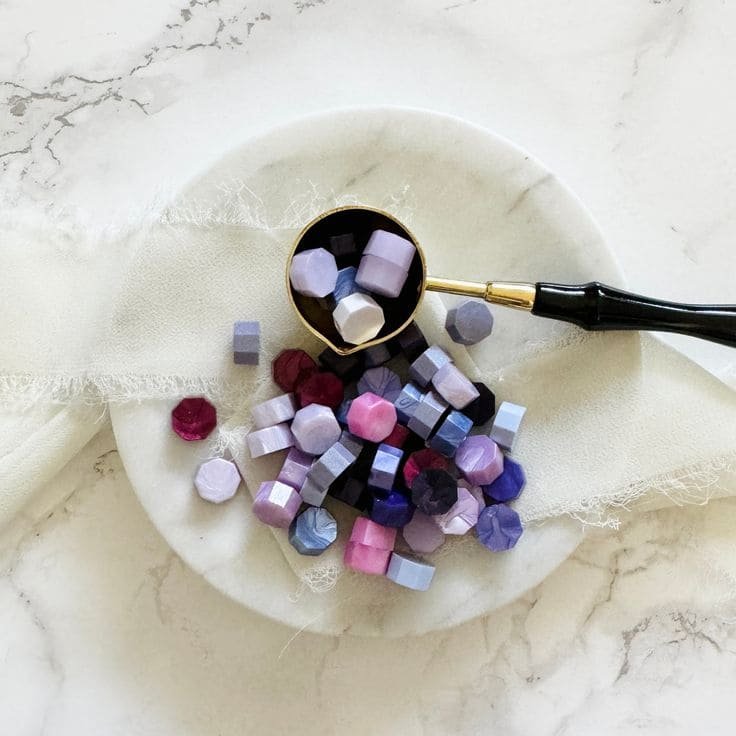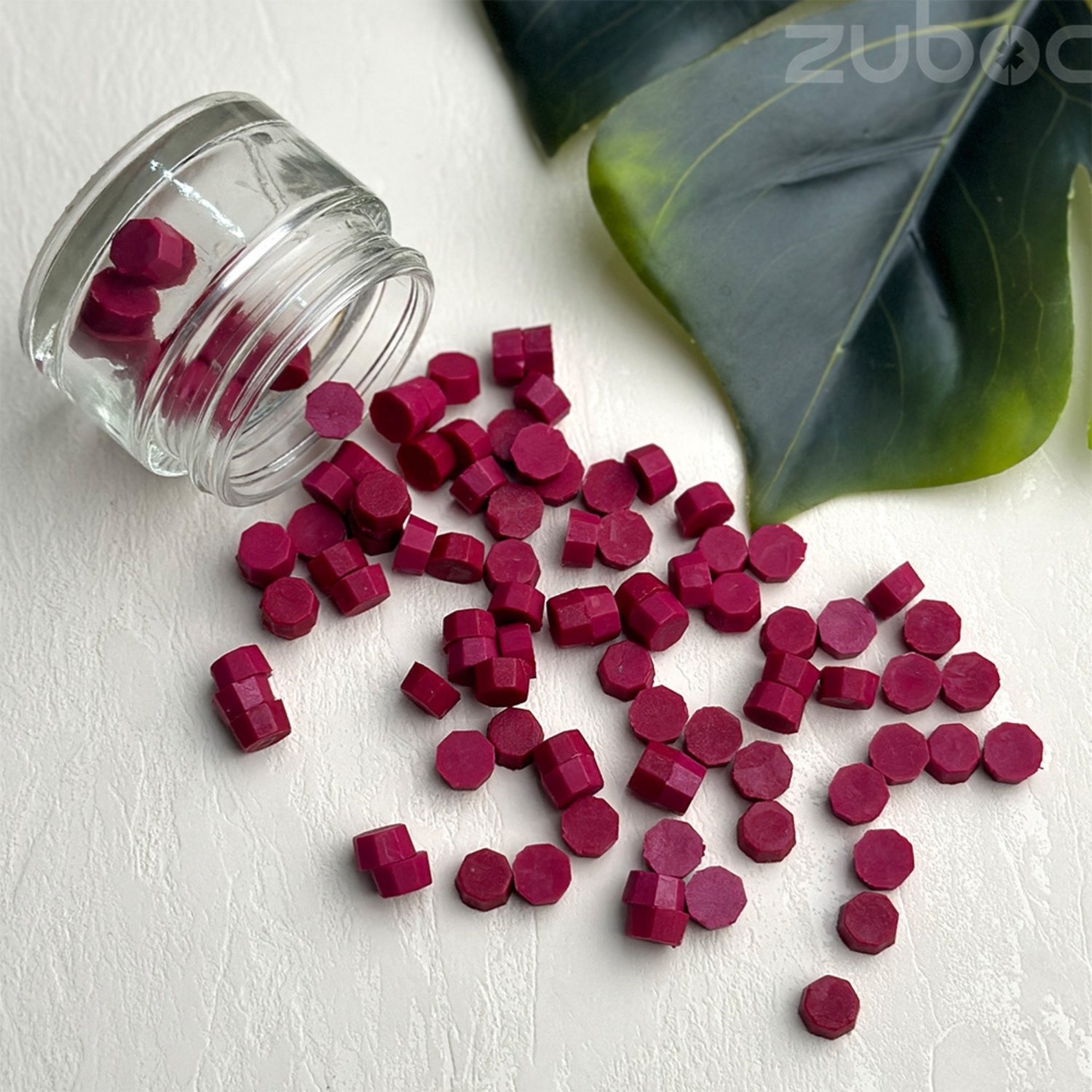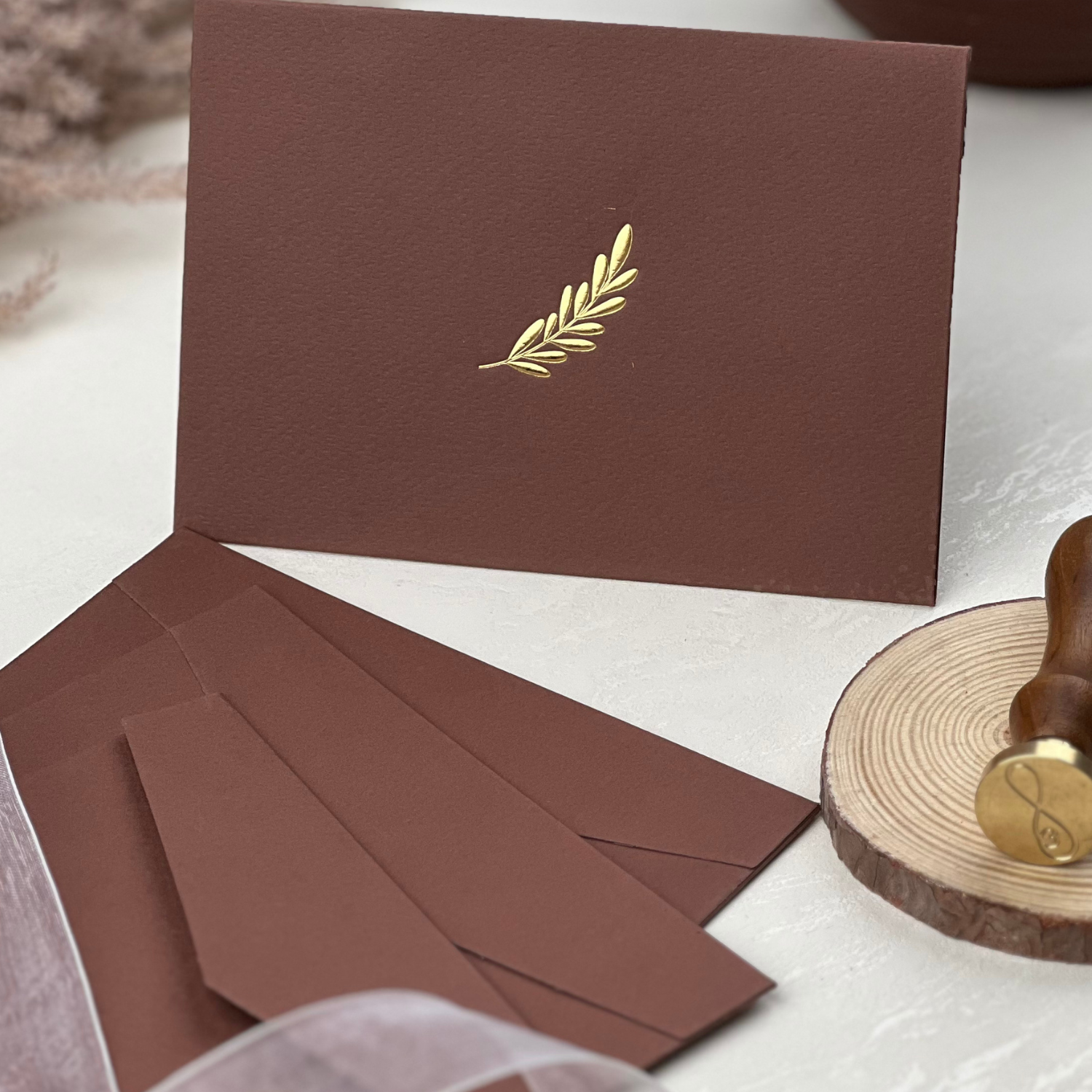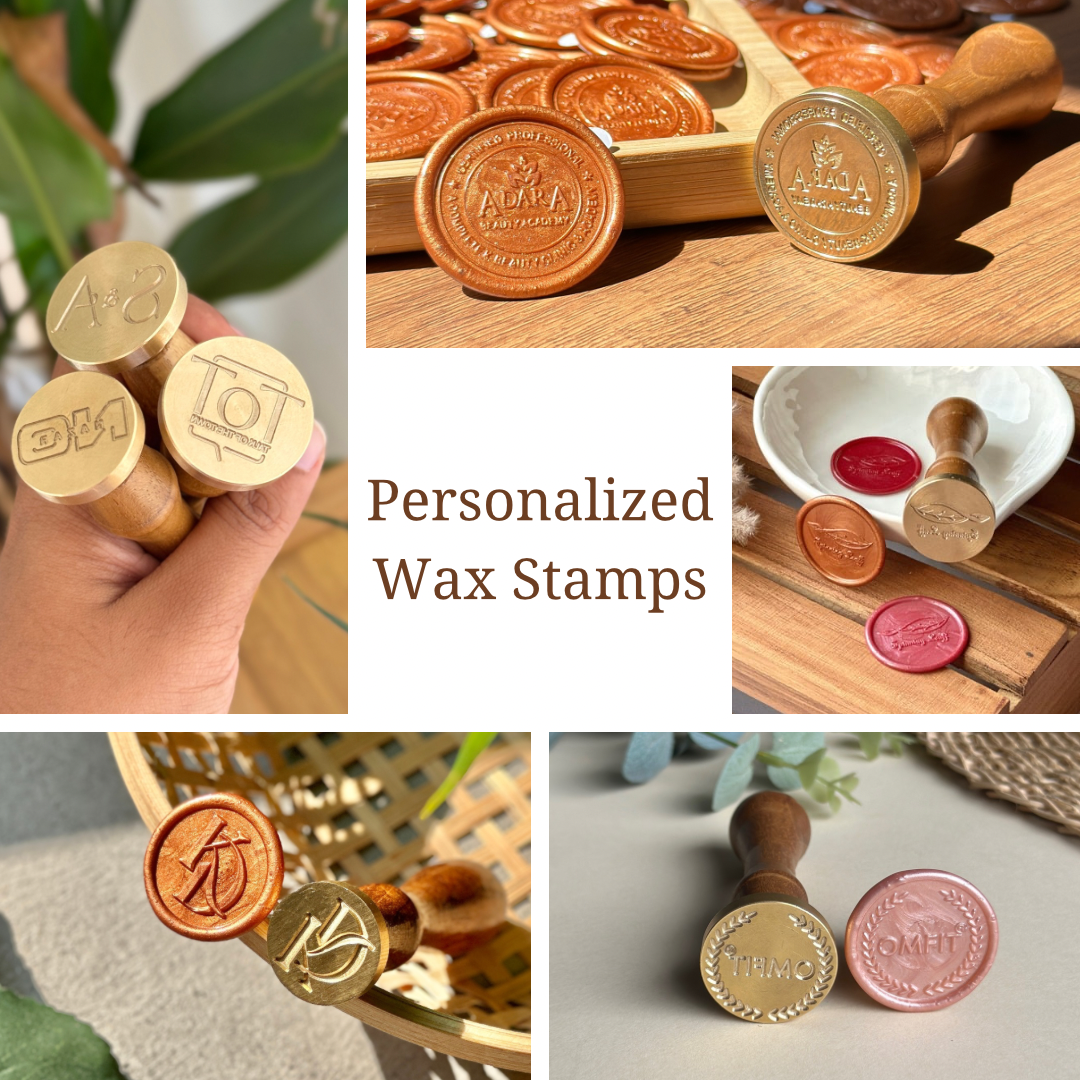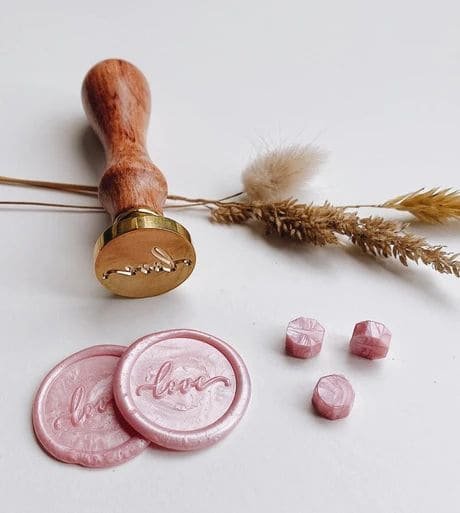
How to Prevent Your Wax Seals from Cracking or Breaking
How to Prevent Your Wax Seals from Cracking or Breaking
Wax seals add a classic touch to letters, invitations, and packaging. But sometimes, they crack or break. Here are some simple tips to keep them strong and intact.
1.Choose the Right Wax
Not all waxes are the same. Flexible sealing wax is better than traditional wax. It bends slightly and doesn’t crack easily.
- Traditional wax looks elegant but can become brittle and break easily.
- Flexible wax contains special resins that make it stronger and more durable.
- For a smoother finish, choose wax that melts evenly and holds fine details well.
If your wax seal will be handled a lot, such as on an envelope or package, flexible wax is the best choice.
2.Avoid Using Too Much Heat
When melting wax, be careful not to overheat it. If the wax gets too hot, it can become weak and brittle when it hardens.
- Use a wax melting spoon or a low flame to melt the wax slowly.
- If you are using a glue gun with sealing wax sticks, don’t leave it on for too long, or the wax will get too hot.
A good rule is to melt the wax until it is smooth and just liquid enough to pour, but not boiling.
3.Let the Wax Cool Slightly
After melting the wax and placing it on your surface, don’t press the seal right away. If the wax is too hot, it can become fragile when it hardens, making it easier to crack.
- Wait 5–10 seconds before pressing your stamp into the wax.
- The wax should be thick but not fully hardened when you press the seal.
This short waiting time helps the wax stay strong and prevents cracking.
4.Use a Flexible Base
The surface where you place your wax seal matters. Some surfaces cause the wax to crack more easily.
- Thin paper is not ideal because it bends easily, which can cause the wax to break.
- Thicker paper, coated paper, or ribbon can provide a more stable base for the wax.
- If sealing an envelope, try wax stickers instead of sealing directly. These allow you to attach the wax without worrying about it breaking.
- If you want to reuse the wax seal, pour the wax onto a silicone mat or a cold surface like tile or granite. Once hardened, you can peel it off and use it later.
- If your sole purpose is sealing, you can pour the wax directly onto the paper for a firm hold.
5.Press the Seal Properly
How you press your stamp into the wax also makes a difference.
- If you press too hard, the wax might spread too thin and become weak.
- If you don’t press enough, the design may not appear clearly.
A firm but gentle press for about 5–10 seconds works best. Let the wax cool slightly before lifting the stamp to avoid sticking.
6.Store Seals in a Safe Place
Sealing wax reacts to temperature changes. If it gets too hot or too cold, it can become weak and crack.
- Avoid high heat – Wax can soften or lose its shape in warm places.
- Avoid extreme cold – Very low temperatures make the wax brittle and more likely to break.
- Store in a cool, dry place – Keep your sealed items away from direct sunlight and moisture to protect the wax.
If you are making wax seals in advance, store them in a small box with soft padding to keep them safe.
7.Test Your Wax Before Sealing Important Items
Before making seals on important documents or invitations, do a test seal.
- Try different wax types, cooling times, and pressures to see what works best.
- If you are using a new stamp, test how much pressure is needed to get a clear design.
- This helps you avoid mistakes and ensures your final seals look perfect.
Conclusion
Wax seals are beautiful and elegant, but they can be fragile. By choosing the right wax, melting it properly, using the right paper, and storing it carefully, you can keep your wax seals strong and long-lasting.
Follow these simple steps, and your wax seals will stay perfect without cracking or breaking!
